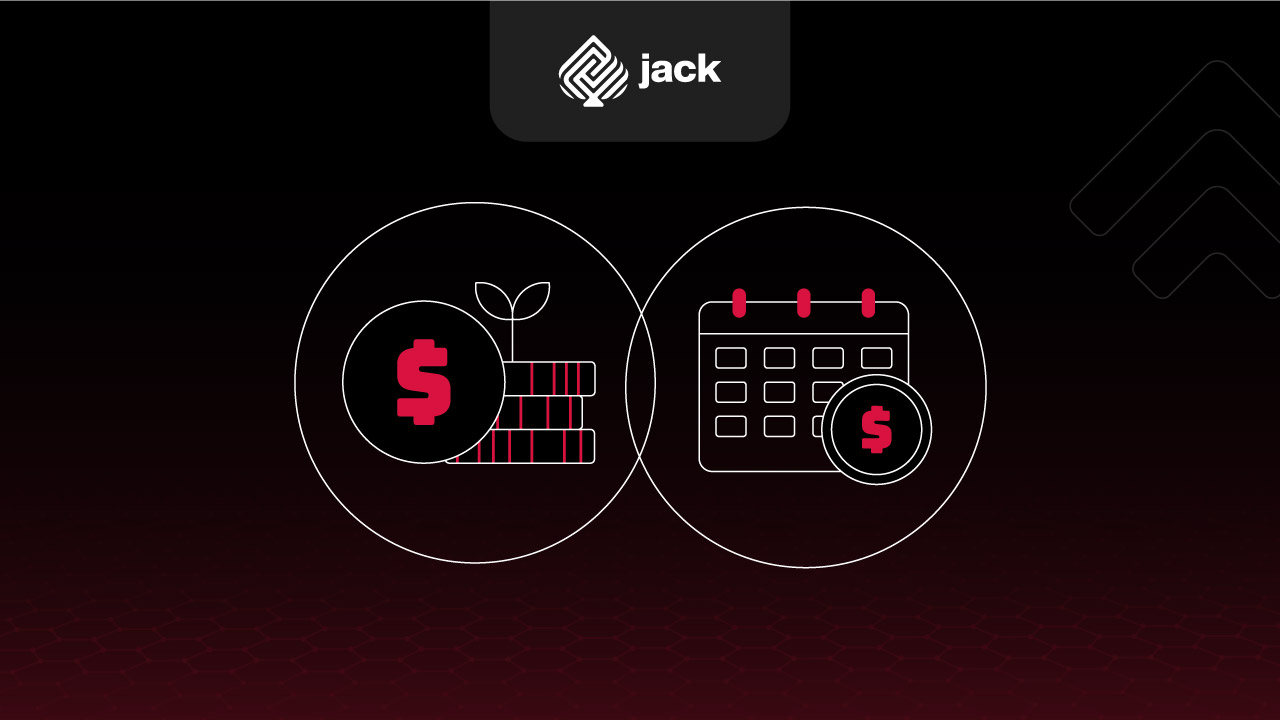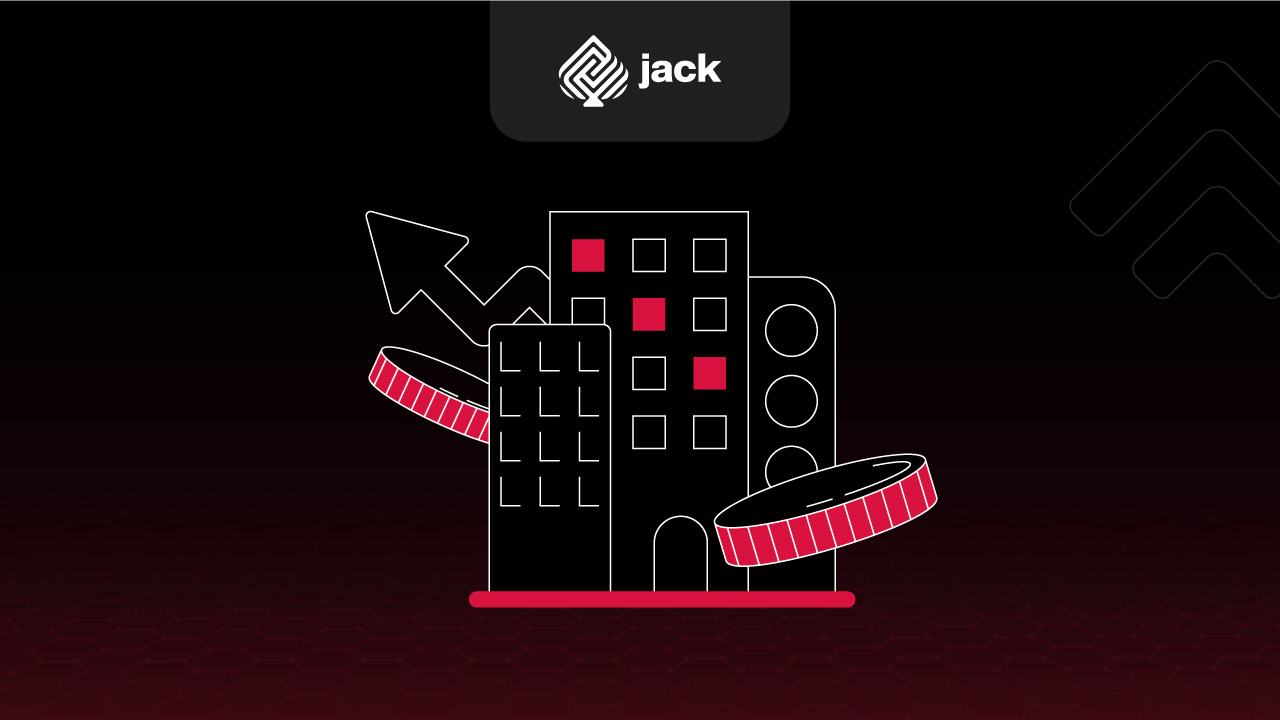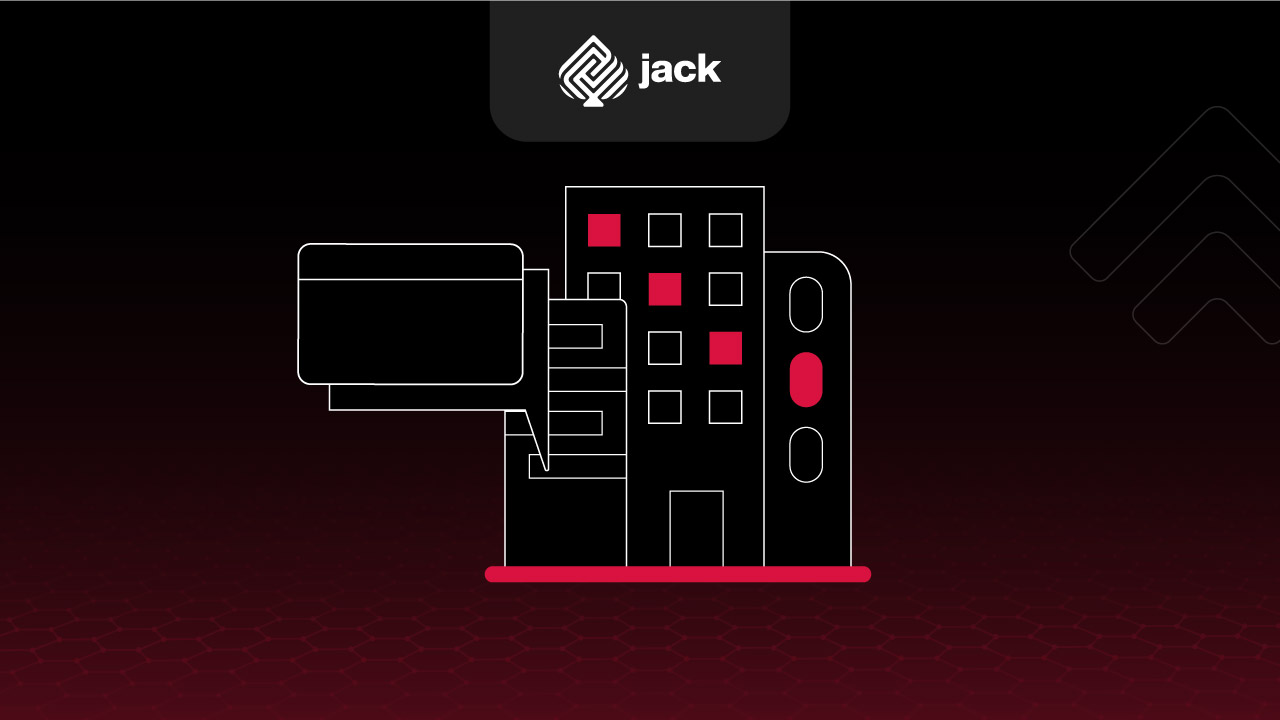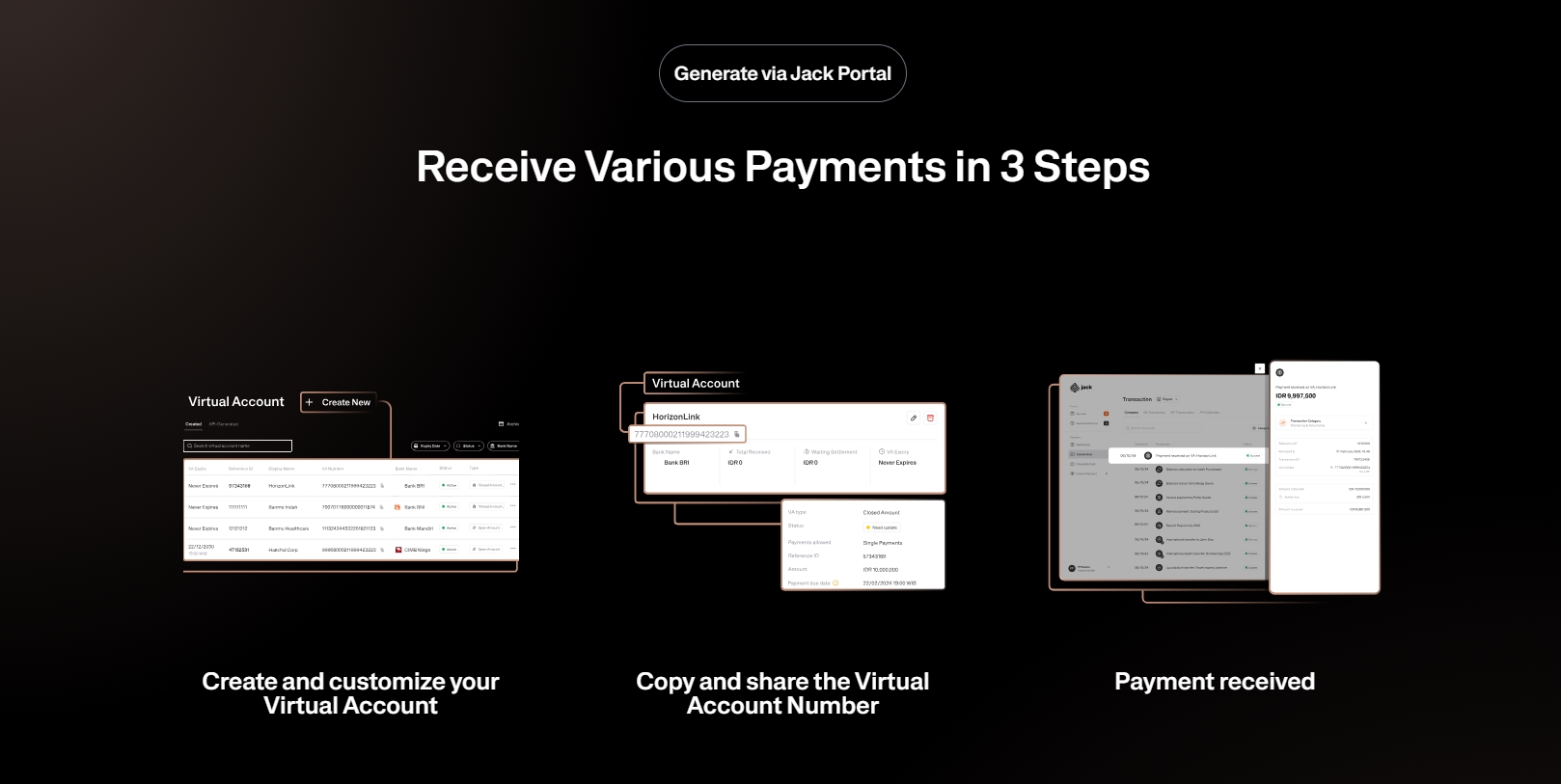The question of whether saving or installment payment methods are better is a common dilemma faced by many in managing their finances. Both methods have their own advantages and disadvantages, and the choice depends on an individual’s financial situation and the goals they aim to achieve.
See Also Corporate Credit Card: Definition, Types, Benefits, and How Cards Work for Startups
This article will delve into the pros and cons of saving and installment payment methods, as well as how a combination strategy can help maximize your financial management.
Why Consider Which is Better: Saving or Installment Payments?

When planning personal finances, deciding whether saving or installment payments is better can be a difficult choice. However, in certain financial situations, installment payments may be a better option than saving directly. Here are some reasons why installment payments may be a better choice in certain financial situations:
1. Financial Flexibility
Installment payments provide greater financial flexibility than direct saving. You can schedule payments according to your financial capabilities at any given time, helping you avoid excessive financial pressure.
2. Access to Goods or Services
With installment payments, you can immediately access the goods or services you need without having to wait until you have enough money to pay in full. This allows you to enjoy the benefits of these goods or services right away while maintaining financial flexibility to pay over time.
3. Cheaper Payment Options
In some cases, installment payments can be cheaper than direct saving. For instance, you might be able to take advantage of special offers or discounts provided by sellers if you agree to pay in installments over a certain period.
4. Planned Expenditures
With installment payments, you have a structured and scheduled payment plan. This helps you better manage your spending and avoid wasting money on impulsive or unplanned purchases.
Understanding the Pros and Cons of Saving or Installment Payments

When planning personal finances, it is important to choose the right method to achieve your financial goals. Two common methods are direct saving and installment payments. Understanding the pros and cons of these methods can help you make the right decision based on your financial situation.
1. Pros and Cons of Saving
a. Financial Discipline
Direct saving requires strong financial discipline. You need to actively allocate a portion of your income to savings or investment accounts.
b. Potential Returns
Saving can provide opportunities for fund growth through interest or investment returns. Savings accounts with competitive interest rates or smart long-term investments can increase your money’s value over time.
c. Financial Security
The funds you save are generally safe and easily accessible when you need them. This provides a sense of security and peace of mind in facing emergencies or other unexpected situations.
d. Unexpected Expenditures
It can be difficult to predict urgent expenditures or future needs. The funds you save may not always be sufficient to cover all needs or emergencies.
e. Lack of Flexibility
The saving method can be less flexible compared to installment payments. If you face financial difficulties or unexpected changes, it can be challenging to withdraw funds from savings without reducing your balance.
2. Pros and Cons of Installment Payments
a. Spread Payments
Installment payments allow you to pay for goods or services in small amounts periodically. This can reduce financial burden while enabling you to enjoy the goods or services immediately.
b. Financial Flexibility
With installment payments, you can have more financial flexibility to handle changing situations or urgent needs that may arise. You can adjust payments according to your financial capabilities at any given time.
c. Additional Costs
Installment payments may result in additional costs, such as interest or administrative fees. This can make the goods or services you purchase more expensive in the long run.
d. Commitment Risk
With installment payments, you may be committed to regular payments for a certain period. This can limit your financial flexibility and make it difficult to allocate funds for other needs or goals.
Analyzing the Effectiveness of Saving or Installment Payments in Achieving Long-Term Financial Goals

When analyzing the effectiveness of saving methods in achieving long-term financial goals, several considerations need to be taken into account:
1. Financial Goals
Are your goals easier to achieve by saving directly or by installment payments? For instance, if you want to buy a house within five years, saving might be a better option as you can allocate a portion of your income to an emergency fund.
2. Financial Capability
Do you have the financial capability to save directly or make installment payments? It is important to consider your available income and other expenditures before deciding on the right method for you.
3. Risk and Flexibility
Do you prefer having funds readily available to handle urgent needs or unexpected situations, or are you more comfortable with regular, scheduled payments? Consider the risks and flexibility of each method before making a decision.
See the API Document from Jack Finance here
The question of whether saving or installment payments is better has no absolute answer, as both have their own advantages and disadvantages. It is important to consider individual financial situations and long-term financial goals when making a decision.
Use Jack for your business needs
By understanding the pros and cons of both methods and implementing a wise combination strategy, you can optimize your financial management and achieve better financial stability.









